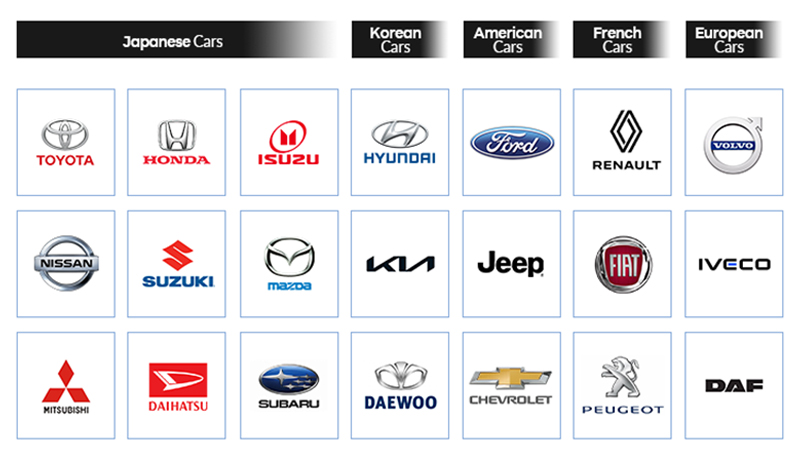When your car encounters difficulties in shifting and starting, the acceleration of the car becomes weak, the car stops driving directly, and there is abnormal noise and odor when pressing the clutch, it may be a problem with your car's clutch system.
The hydraulic clutch control system consists of clutch pedal, clutch master cylinder, clutch slave cylinder, oil pipe, release bearing, release fork, and reservoir.


During the use of the vehicle, the long-term closure and release of the clutch can cause wear on the rubber cups and cylinder walls on the piston of the clutch master cylinder and the slave cylinder, which may lead to internal leakage of the master cylinder, resulting in a decrease in oil pressure, oil leakage, and other problems. It may also cause problems such as incomplete clutch separation and difficulty in shifting.


Common clutch system faults include clutch slipping, clutch shaking, abnormal clutch noise, difficulty shifting, weak driving, starting shaking, incomplete separation, unstable oil pressure, and increased fuel consumption.
































